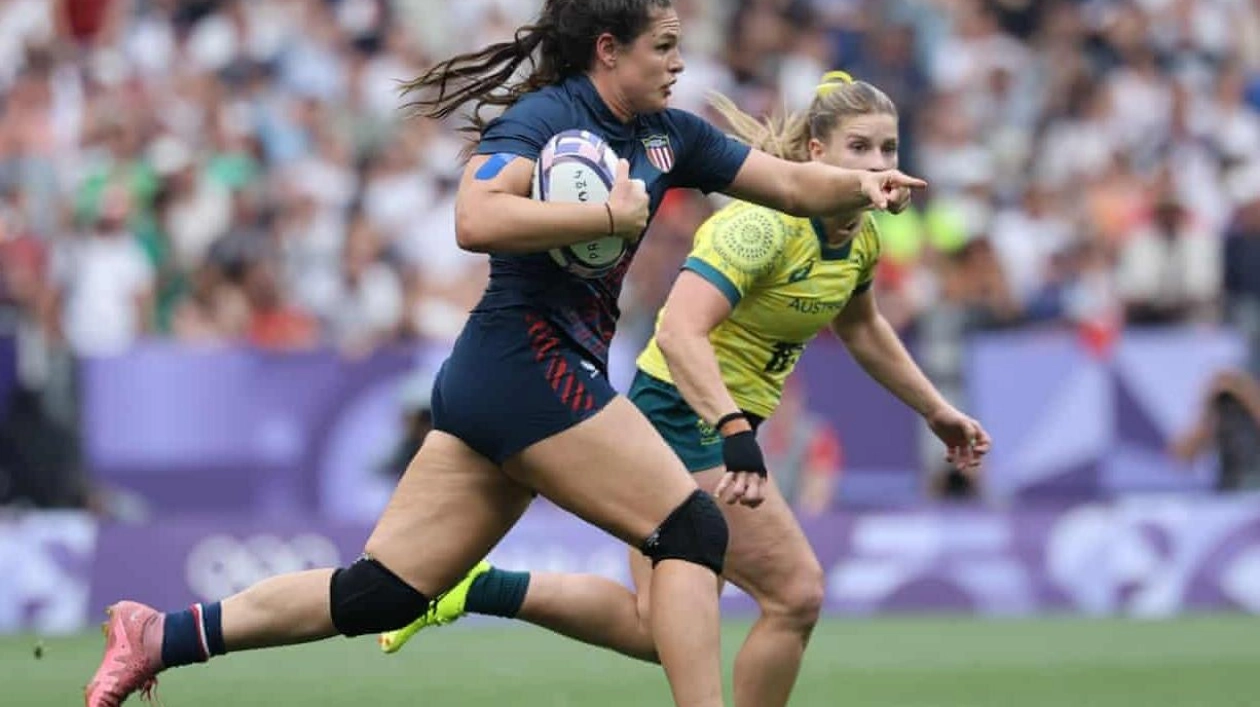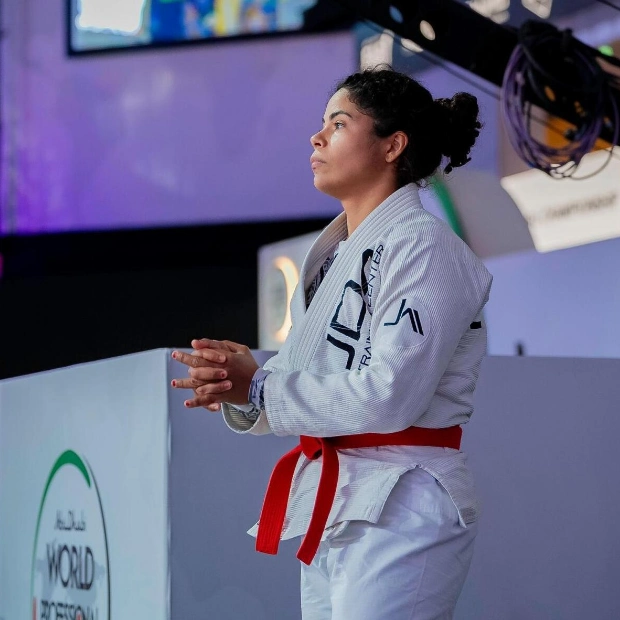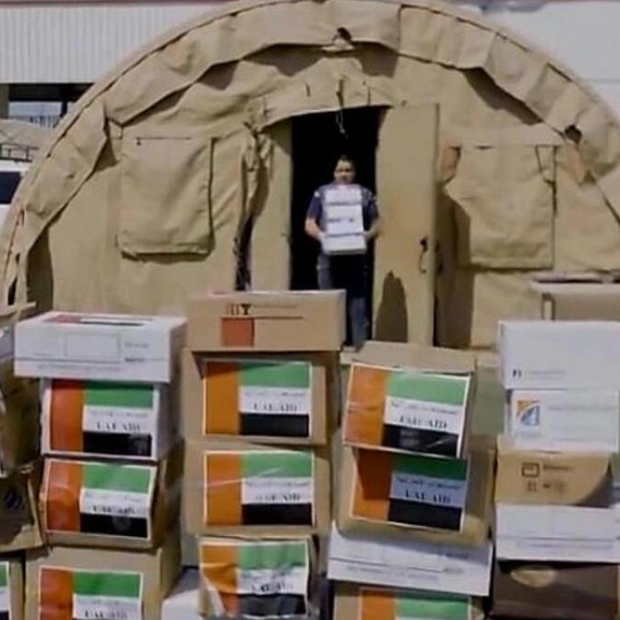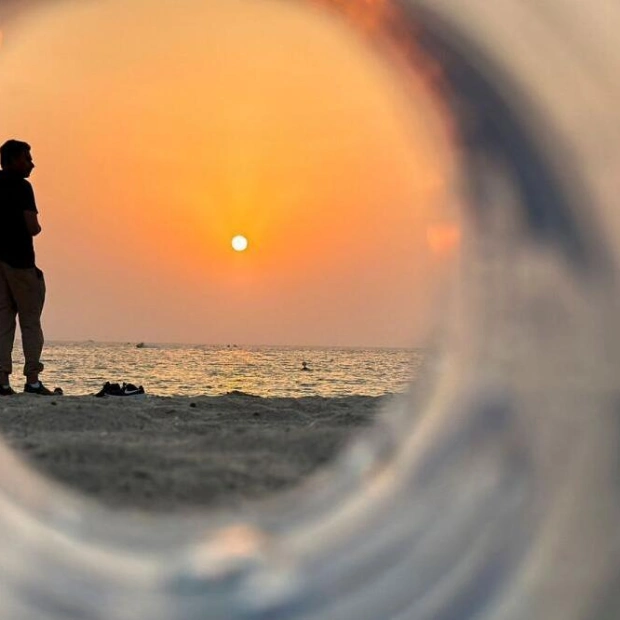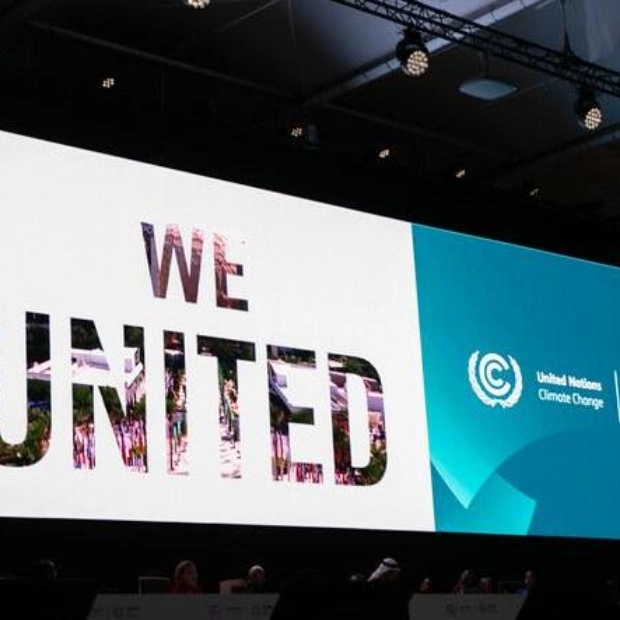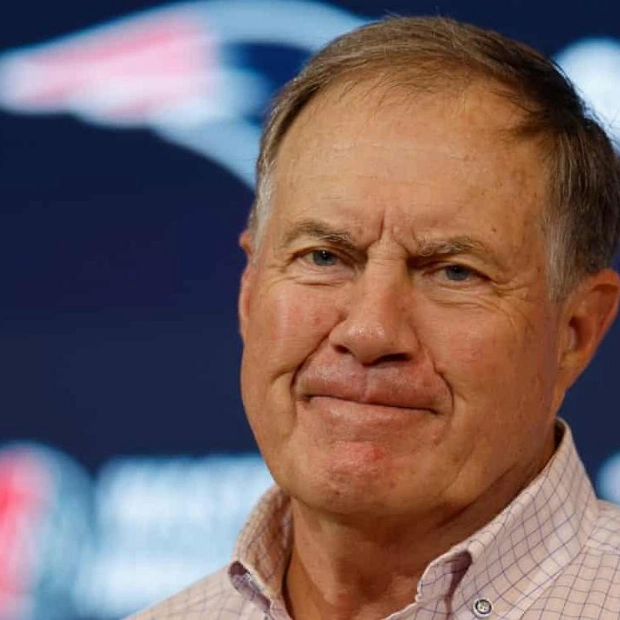“Where sisterhood meets rivalry” is the catchy tagline for the 2025 Rugby World Cup, set to take place in England next August and September. The recently unveiled tournament schedule features a high-profile opening match between England and the US, with 16 teams competing across eight cities. This event promises to be more ambitious and potentially transformative than any previous edition.
Sally Horrox, World Rugby’s director of the women’s game, shares her insights: “I believe this is an opportunity to reposition rugby, not just women’s rugby, but the sport as a whole. We must ensure the impact of this tournament resonates globally.” There is a unique chance for female rugby players to outshine their male counterparts. Women’s and girls’ rugby is experiencing rapid global growth, as evidenced by this summer’s Olympics, where USA’s Ilona Maher emerged as a breakout star with 4 million Instagram followers.
Horrox also highlights the significant support from philanthropist Michele Kang, who pledged $4 million to the bronze-medal-winning Team USA women’s rugby for the next four years. This investment aims to boost the sport’s growth in the US leading up to the 2028 Games. Horrox recalls Kang’s empowering message to the players: “This sport is capturing the global imagination, and you are just as important as the men.”
Siya Kolisi, a double men’s World Cup-winning captain, also advocates for inclusivity in rugby. World Rugby’s “Rugby Rising Play” initiative aims to introduce a non-contact version of the game to girls in 40 countries within nine months, enhancing participation and visibility.
Horrox’s enthusiasm is palpable, drawing from her experience in promoting netball, football, and tennis. She emphasizes the importance of showcasing the personalities behind the sport, using the World Cup as a launchpad. “It’s about connecting players with fans, creating a generational moment that can cascade into long-term change worldwide.”
The focus is on elevating players like Maher and New Zealand’s Ruby Tui. World Rugby recognized Maher’s potential early on, and Horrox believes in celebrating these athletes to raise their profiles and the sport’s visibility.
While some matches saw low spectator numbers, Horrox notes that games were broadcast to over 150 countries. There’s also a push to increase the number of women in rugby’s workforce and to reach 100,000 female players by 2027, supported by government funding.
Horrox envisions a future where women’s rugby is fully integrated into the sport’s mainstream. “My goal is to make rugby more relevant, accessible, and exciting, focusing on growing the female fanbase, the fastest-growing segment of our game. This is a movement, not just a moment.”
Source link: https://www.theguardian.com
